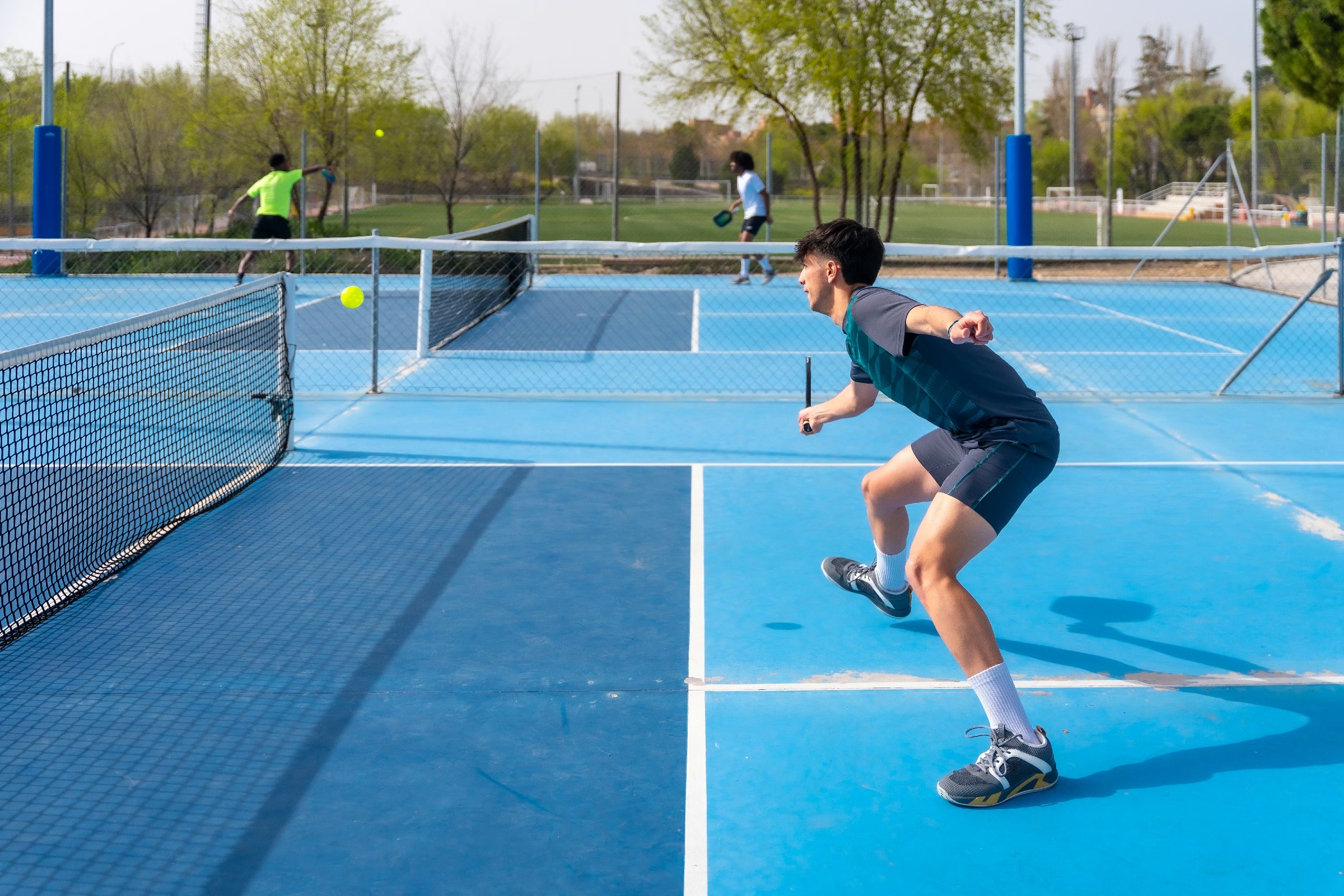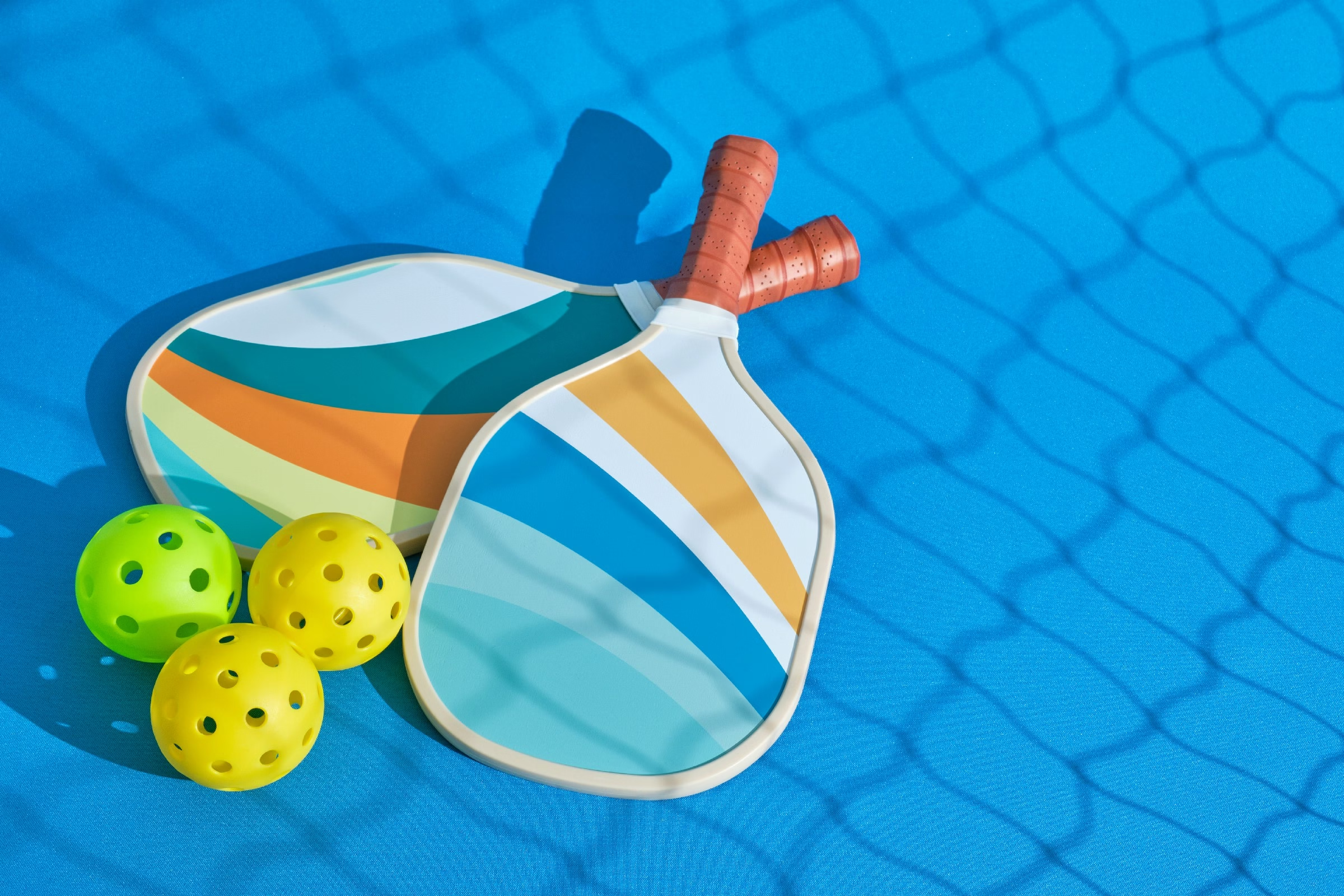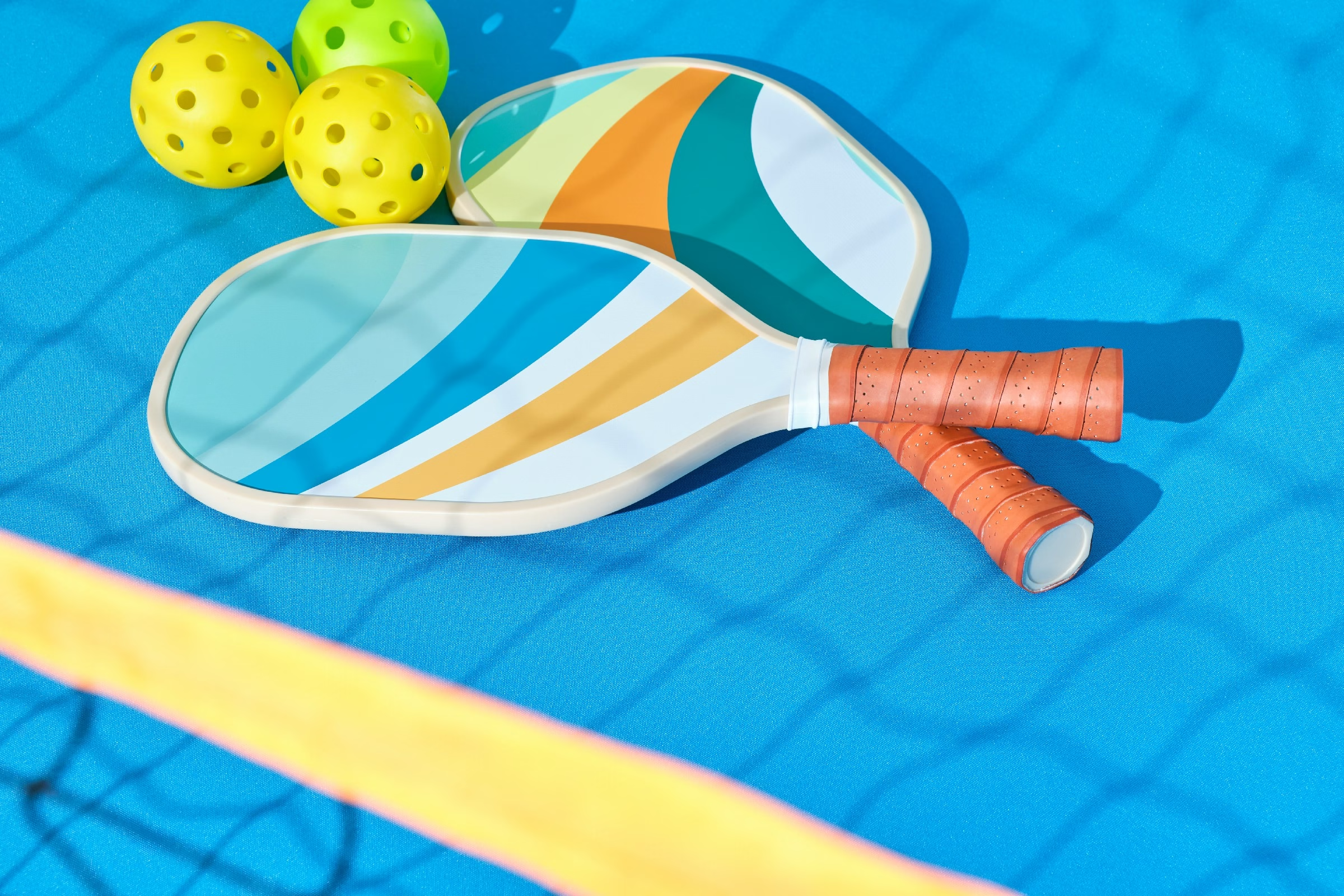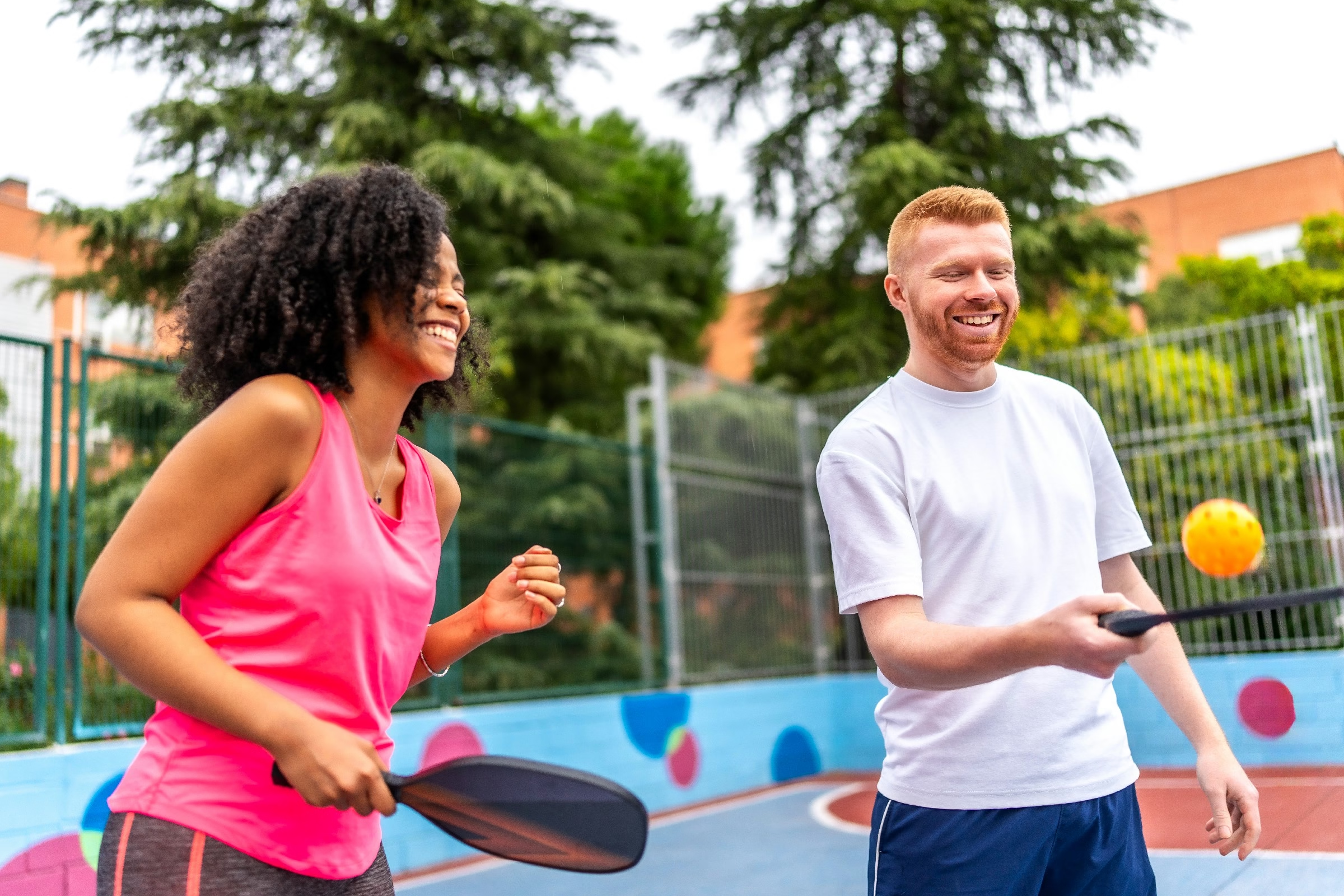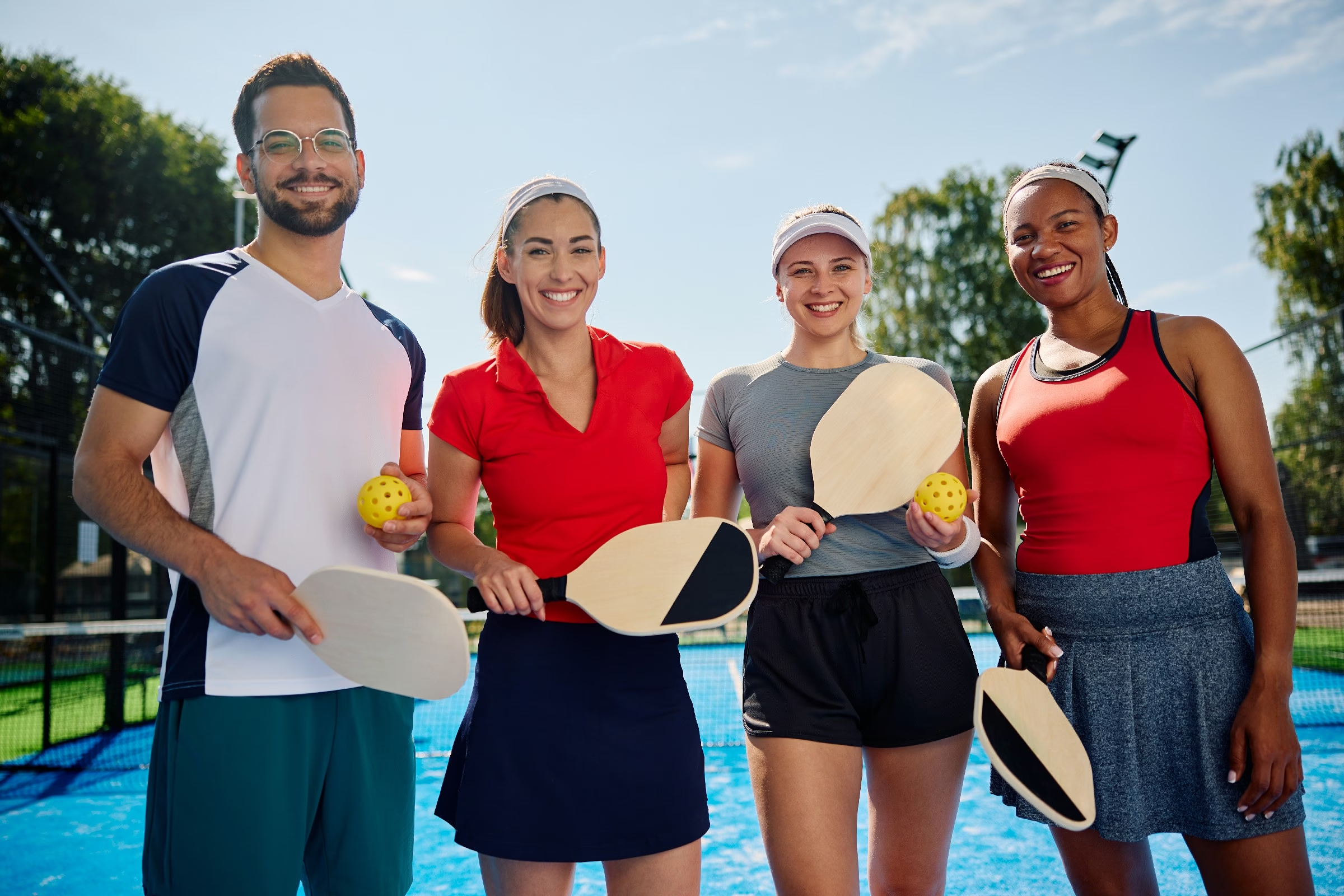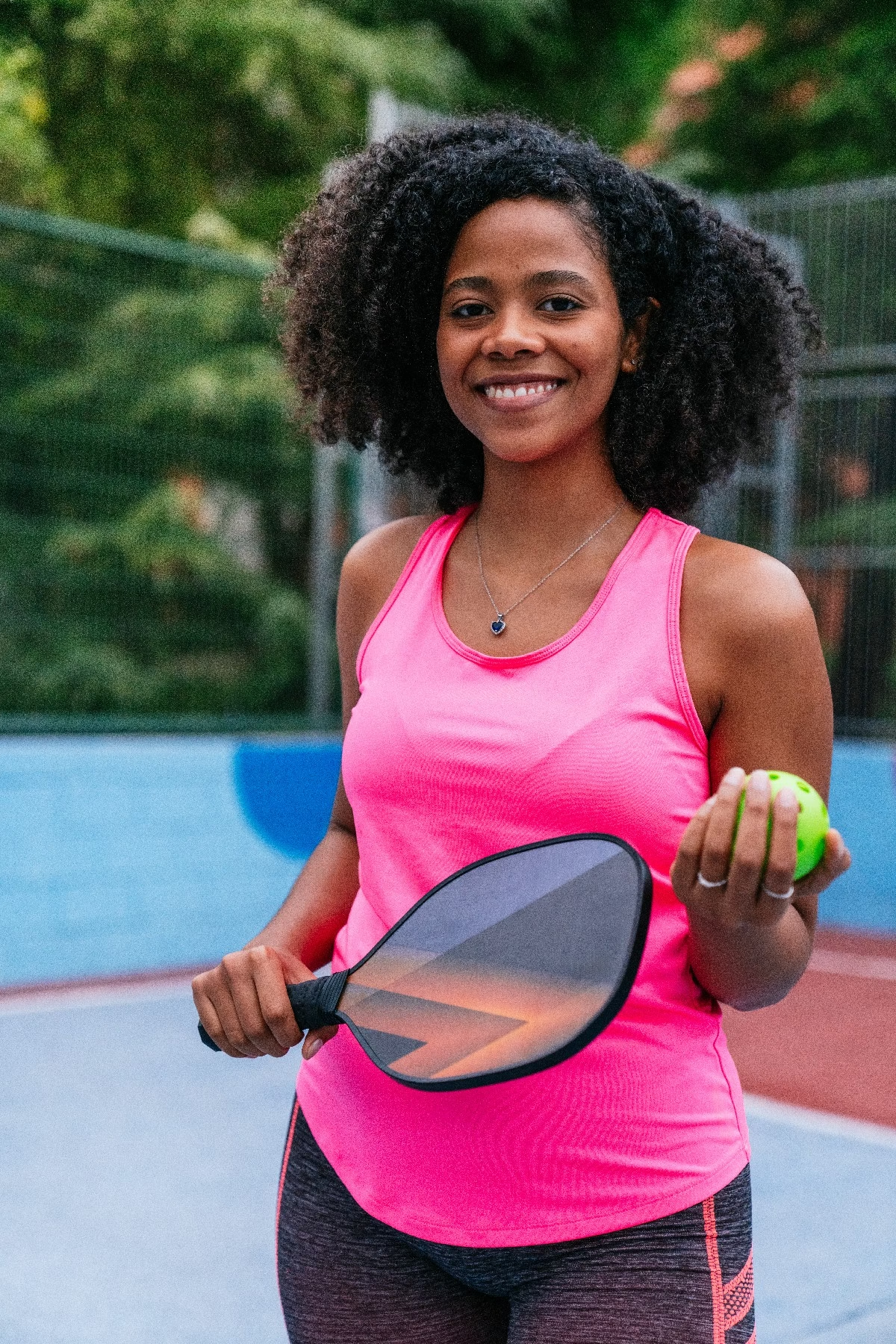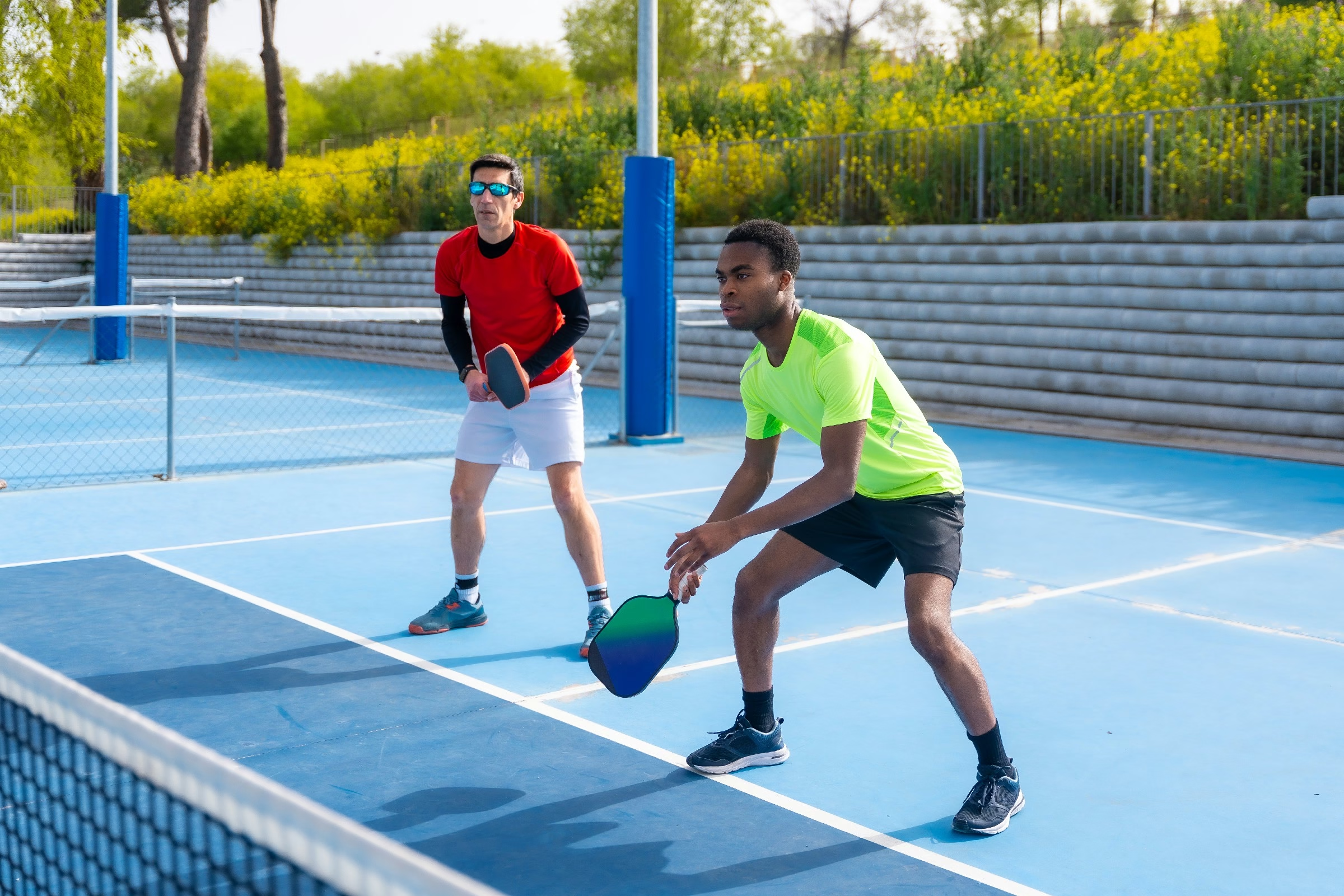Blog
can i step into the kitchen in pickleball

Can I Step into the Kitchen in Pickleball? Unpacking the Controversy
Pickleball, the increasingly popular paddle sport that combines elements of tennis, badminton, and ping-pong, has captivated enthusiasts with its fast-paced action and social appeal.As players rally and strategize on the court, they frequently enough encounter a peculiar rule that raises questions and sparks debates: the infamous “kitchen.” This designated non-volley zone holds key meaning in the game, particularly when it comes to positioning and play. But what does it truly mean to ”step into the kitchen,” and how does it impact your game? In this article, we’ll delve into the nuances of the kitchen rule, explore its origins, clarify common misconceptions, and provide insights for both beginners and seasoned players. Whether you’re a newcomer eager to learn or a veteran grappling with the intricacies of the game,understanding the kitchen is essential to mastering the art of pickleball. Let’s take a closer look!
Table of Contents
- Understanding the Kitchen and Its Importance in Pickleball
- The Rules of the Kitchen: What You Need to Know
- Strategic Advantages of Mastering the Kitchen
- Common Misconceptions About the Kitchen Area
- Tips for Navigating the Kitchen and Improving Your Game
- Drills and Practices to Enhance Kitchen Skills
- Q&A
- Closing Remarks
Understanding the Kitchen and Its Importance in Pickleball
In the realm of pickleball, the area affectionately referred to as the “kitchen” is not merely a culinary term; it plays a crucial role in the dynamics of the game. The kitchen,or the non-volley zone,is a seven-foot area on either side of the net where players cannot volley the ball. Understanding its significance can greatly enhance a player’s strategy and gameplay. By respecting the boundaries of the kitchen, players can keep rallies longer and engage in more tactical exchanges.
A few key points help clarify the importance of the kitchen in pickleball:
- Spacial Awareness: Mastering the layout and dimensions of the kitchen allows players to anticipate their opponents’ movements and shots more effectively.
- Defensive Strategy: Using the kitchen wisely can serve as a shield against aggressive volleys from opposing players, prompting them to rethink their positions and tactics.
- Shot Selection: Developing a repertoire of shots designed for kitchen play, including dinks and drop shots, can create opportunities to control the pace of the game.
When evaluating the kitchen’s influence on match outcomes and player interactions,consider the following aspects:
| Aspect | Impact on Gameplay |
|---|---|
| Positioning | Staying close to the kitchen enhances offensive opportunities. |
| Challenges | Players must avoid stepping inside when executing volleys; this demands precision and timing. |
| Gameplay Dynamics | Encourages strategic play, focusing on finesse over power. |
The Rules of the Kitchen: What You Need to Know
Understanding the nuances of the kitchen in pickleball is crucial for anyone eager to master the game. The kitchen, often referred to as the “non-volley zone,” is the area located within 7 feet of the net on both sides of the court.Players must be aware that stepping into this zone while volleying a ball—meaning hitting it before it bounces—is a violation of the rules. It’s significant to note that while you cannot volley from within the kitchen, you may step into the area to play a ball that has bounced.
Here are a few essential rules to remember regarding the kitchen:
- Non-Volley Rule: You cannot hit the ball in the air from inside the kitchen.
- Ball bounce: If the ball bounces in the kitchen, players can enter the zone to return it.
- Foot Faults: Ensure that your feet do not cross the kitchen line when you execute a volley.
Moreover,the kitchen plays a strategic role in gameplay. Players frequently enough use this area to position themselves effectively against opponents. Keep in mind that having excellent footwork and awareness of your positioning can provide significant advantages. This leads to rallies where mastering shots from the kitchen can earn you points and control of the match,making it essential to familiarize yourself with the rules and gameplay dynamics in this critical area of the court.
Strategic Advantages of Mastering the Kitchen
Mastering the kitchen offers various benefits, especially while engaging in sports like pickleball. Firstly, becoming proficient in meal planning allows players to optimize their energy levels. A well-balanced diet, rich in nutrients, fuels the body for high-performance activities on the court. Understanding portion control and meal timing can greatly impact stamina and endurance during games, providing a competitive edge.
Moreover, having culinary skills enables players to create personalized nutrition plans. This customization accommodates dietary restrictions, preferences, and specific fitness goals. When players can confidently prepare their meals, they also save on costs while making healthier choices. This shift towards self-sufficiency in the kitchen translates well into making strategic decisions during a match.
Additionally, mastering the kitchen enhances mental sharpness. Cooking requires focus, creativity, and the ability to adapt recipes, paralleling the skills needed in pickleball for speedy thinking and strategic gameplay.Just as a chef must balance flavors and techniques, a player needs to consider tactics and opponents’ weaknesses. Thus, the ability to master different challenges in the kitchen can substantially reflect a player’s adaptability on the court.
Common Misconceptions about the Kitchen Area
When it comes to understanding the kitchen area in pickleball, many players fall prey to certain misconceptions that can impact their gameplay. One prevalent myth is that stepping into the kitchen area automatically results in a fault.This isn’t quite accurate; while there are rules pertaining to the kitchen,simply stepping in it during gameplay doesn’t signify a violation unless the player has hit the ball in the air from that space or remains in it after the ball has bounced.
Another common misunderstanding involves the concept of “staying out of the kitchen.” While it’s essential for players to avoid hitting the ball while standing in the kitchen when it’s in the air, various strategies utilize this area effectively. As an example, strategically positioned volleys can draw opponents in, creating opportunities for a more aggressive play. Being familiar with the nuances of kitchen play can turn this commonly dreaded zone into a tactical advantage.
Lastly, some players believe that the kitchen’s dimensions are far less critical than they actually are. The designated 7-foot area from the net serves a distinct purpose in the game. Understanding its dimensions and the rules associated with it is vital for honing skills. Below is a concise comparison of common misconceptions versus truths about the kitchen area:
| Misconception | Truth |
|---|---|
| Stepping into the kitchen means a fault. | Only a fault if hitting a volley while inside. |
| The kitchen is unusable in strategy. | Can be used strategically for volleys. |
| Kitchen dimensions are minor. | Critical for understanding game play. |
Tips for Navigating the Kitchen and Improving Your Game
Mastering the art of navigating the kitchen in pickleball can significantly enhance your gameplay.Understanding the boundaries of the non-volley zone, or “the kitchen,” is crucial. here are some strategies to keep in mind:
- Stay Aware of Your Position: Always keep track of where your feet are in relation to the kitchen line. If you step into this zone,you cannot volley the ball,so positioning yourself correctly allows for better returns.
- Practice Quick Feet: Work on your footwork to ensure you don’t accidentally cross the kitchen line when preparing for a shot. Fast, lateral movements can put you in an favorable position without risking a fault.
- Use a Visual Cue: Mark your footwear or paddles with a tape line indicating how close you can get to the kitchen. This visual aid could help prevent mishaps during heated rallies.
Another vital aspect of improving your game while managing the kitchen is understanding when to enter it. Here are some scenarios where stepping into the kitchen can be beneficial:
| Scenario | Action | Benefit |
|---|---|---|
| Opponent’s High Hit | Step into the kitchen for an overhead smash. | Increased chance of scoring points. |
| Dead Ball | Position yourself closer to the net for a quick return. | Pressure on your opponent with aggressive play. |
| Defensive Shots | Enter the kitchen to reset your positioning if needed. | Allows for better control of the game moving forward. |
Lastly, don’t underestimate the importance of interaction with your partner when navigating the kitchen. Effective communication can mean the difference between a accomplished or unsuccessful play. Here are tips for working together in this critical zone:
- Establish Signals: Create hand signals to indicate who should take the shot when both players approach the kitchen.
- Call Out Positions: Always let your partner know when you are in the kitchen and which side of the court you’re covering.
- Encourage Feedback: Constructive communication helps your partner understand when to advance or retreat based on play dynamics.
Drills and Practices to Enhance Kitchen Skills
To elevate your kitchen prowess,engaging in focused drills can be incredibly beneficial. Start with knife skills; practice basic cuts with various fruits and vegetables to improve your precision and speed. Incorporate a cutting challenge, where you set a timer and aim to achieve consistent results within a specific timeframe. This not only helps in refining your technique but also builds your confidence with kitchen tools.
Another vital area to practice is cooking techniques. allocate specific days to master different methods such as sautéing, poaching, or roasting. For instance, choose to cook a range of seasonal vegetables using different techniques each week. Documenting your outcomes and variations in taste can enhance your understanding of how preparation methods impact flavor profiles. Here’s a simple table to track your culinary experiments:
| Technique | Ingredient | Flavor Notes |
|---|---|---|
| Sautéing | Bell Peppers | Sweet and vibrant |
| Roasting | Carrots | Caramelized sweetness |
| Poaching | Eggs | Soft and silky |
Lastly,recipe reconstruction can serve as a creative outlet while enhancing your adaptability in the kitchen. Pick a classic recipe and modify it by incorporating seasonal ingredients or altering cooking methods. This practice challenges you to think outside the box and develops problem-solving skills in real-time culinary situations. Share your successes and failures with peers, as feedback can provide valuable insights to further hone your kitchen skills.
Q&A
Q&A: Stepping into the Kitchen in Pickleball
Q1: What is the ”kitchen” in pickleball?
A1: The “kitchen” is the colloquial term used to describe the non-volley zone (NVZ) located 7 feet from the net on either side of the court. It is a crucial area where certain rules apply, particularly concerning player movement and shot selection.
Q2: can I step into the kitchen while playing pickleball?
A2: Yes, you can step into the kitchen! Though, the rules dictate that if you enter the kitchen, you must be careful about how you engage with the ball. You can stand in the kitchen, but you must let the ball bounce before hitting it if you are inside the NVZ when the ball approaches.
Q3: What happens if I step into the kitchen without letting the ball bounce?
A3: If you step into the kitchen and hit a volley—meaning you strike the ball before it bounces—you commit a fault. This results in the loss of the rally to your opponents, so it’s essential to be mindful of your positioning.
Q4: Can I play strategically from the kitchen?
A4: Absolutely! Many players use the kitchen strategically. While you must allow the ball to bounce if you’re standing in this area, positioning yourself close to the net can give you an advantage for quick reactions and potential winning shots after the bounce.
Q5: Are there any tips for mastering the kitchen area?
A5: Certainly! Here are a few tips for thriving in the kitchen:
- Practice your footwork: being agile and quick can aid in your ability to maintain the proper position.
- Focus on timing: Train yourself to recognize the moment the ball bounces adequately before striking it.
- Utilize short shots: Use drop shots or volleys after the bounce to keep your opponents on their toes.
Q6: what should I avoid when I’m near the kitchen?
A6: Avoid playing aggressive volleys too close to the kitchen line,as it can lead to unintentional faults.Stay mindful of your body positioning; if you physically cross into the kitchen while making a volley, it’s an automatic fault.
Q7: How can understanding the kitchen improve my overall pickleball game?
A7: Understanding the kitchen can drastically enhance your game by sharpening your decision-making and shot selection. Properly utilizing the non-volley zone can allow you to control rallies,create opportunities,and exploit your opponent’s weaknesses effectively.
Q8: Can non-players enter the kitchen area during gameplay?
A8: Non-players, or spectators, should stay clear of the kitchen during active play to ensure safety and maintain the flow of the game. Remember, it’s all about keeping the court clear for focused competition!
Q9: Are there kitchen rules specific to pickleball tournaments?
A9: Tournament rules generally follow standard regulations regarding the kitchen. It’s important to note that local tournaments may sometimes have specific guidelines, so it’s beneficial to review the tournament rules before competing.
Understanding the nuances of the kitchen can greatly elevate your game and enhance your overall enjoyment of pickleball. So step in,play smart,and enjoy this strategic element of the sport!
Closing Remarks
the question of whether you can step into the kitchen while playing pickleball ultimately hinges on an understanding of the game’s unique rules and strategies. While the kitchen,or non-volley zone,may seem like a daunting area to navigate,it can also become a strategic playground for players who know how to use it to their advantage. Embracing the challenge of the kitchen can enhance your skills, sharpen your tactics, and elevate your overall game. So, whether you’re a beginner eager to learn the ropes or a seasoned player looking to refine your approach, remember: stepping into the kitchen isn’t just allowed; it’s an invitation to engage more deeply with the thrilling dynamics of pickleball.Strap on your shoes, grab your paddle, and step confidently into the game—your journey in the kitchen awaits!

